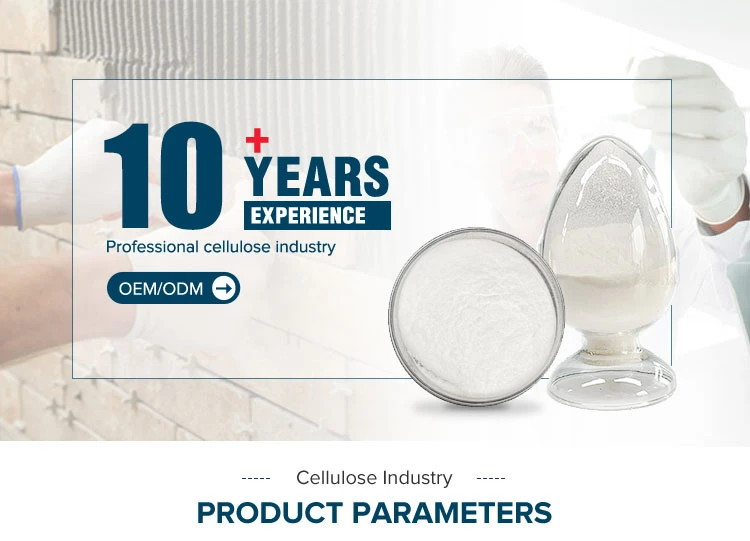HPMC for Industrial Applications An Overview
Hydroxypropyl Methylcellulose (HPMC) is a versatile cellulose ether that has gained significant attention across various industrial sectors due to its unique properties and functionalities. As a non-ionic polymer derived from natural cellulose, HPMC is favored for its excellent water retention, thermal stability, and chemical resistance, making it an essential ingredient in many manufacturing processes.
One of the primary industries benefiting from HPMC is the construction sector. HPMC is extensively used as a thickening and stabilizing agent in cement mortars, tile adhesives, and decorative coatings. Its water-retaining properties help to extend the workability time of mortars, ensuring that they remain workable during application. This is especially crucial in construction projects where delays can lead to compromised structural integrity. Additionally, HPMC enhances adhesion and improves the overall durability of construction materials, which is vital for long-lasting buildings and infrastructure.
HPMC for Industrial Applications An Overview
In the food industry, HPMC is utilized as a food additive, particularly as a thickening agent, emulsifier, and stabilizer. Its ability to improve texture and consistency makes it a popular choice for various food products, including sauces, dressings, and dairy products. HPMC also supports gluten-free formulations, making it invaluable for gluten-intolerant consumers. This particular application highlights the increasing trend toward healthier and more inclusive food options in today's market.
hpmc for industrial

The cosmetics and personal care industries have also harnessed the benefits of HPMC. Its thickening and emulsifying properties play a vital role in the formulation of creams, lotions, and gels. The polymer enhances the sensory attributes of cosmetic products, contributing to smoother textures and improved application. Moreover, due to its film-forming capabilities, HPMC helps in creating long-lasting cosmetic formulations, thereby meeting consumer demand for products that provide better performance.
HPMC also finds applications in the agriculture sector, primarily as a soil conditioner and surfactant in pesticide formulations. Its water-retention capacities improve soil quality and reduce erosion, contributing to sustainable agricultural practices. In pesticide formulations, HPMC enhances the dispersion and adhesion of active ingredients, ensuring that they adhere effectively to plant surfaces for optimal pest control.
As industries continue to evolve, the demand for multifunctional ingredients like HPMC keeps growing. Innovations in the production and application processes are making HPMC more accessible and adaptable to meet specific industrial needs. With a focus on sustainability and eco-friendliness, HPMC stands out as a renewable resource that aligns with modern manufacturing standards.
In conclusion, HPMC is a proven and reliable polymer that serves numerous industrial applications ranging from construction and pharmaceuticals to food, cosmetics, and agriculture. Its unique properties make it an indispensable ingredient that enhances product performance and sustainability. As research continues to unlock more potential uses for HPMC, its role in various industries is sure to expand, driving innovations and improving product quality in the years to come.
-
Rdp Powder: Key Considerations for Wholesalers in the Building Materials IndustryNewsJul.08,2025
-
Key Considerations for Wholesalers: Navigating the World of Hpmc - Based ProductsNewsJul.08,2025
-
Hpmc Detergent: Key Considerations for WholesalersNewsJul.08,2025
-
Key Considerations for Wholesalers: China Hpmc For Tile Adhesive, Coating Additives, Concrete Additives, and MoreNewsJul.08,2025
-
Crucial Considerations for Wholesalers: Navigating the World of Construction MaterialsNewsJul.08,2025
-
Key Considerations for Wholesalers Sourcing Additive For Cement, Additive For Concrete, Additive For Putty from Additive Manufacturer Shijiazhuang Gaocheng District Yongfeng Cellulose Co., Ltd.NewsJul.08,2025




